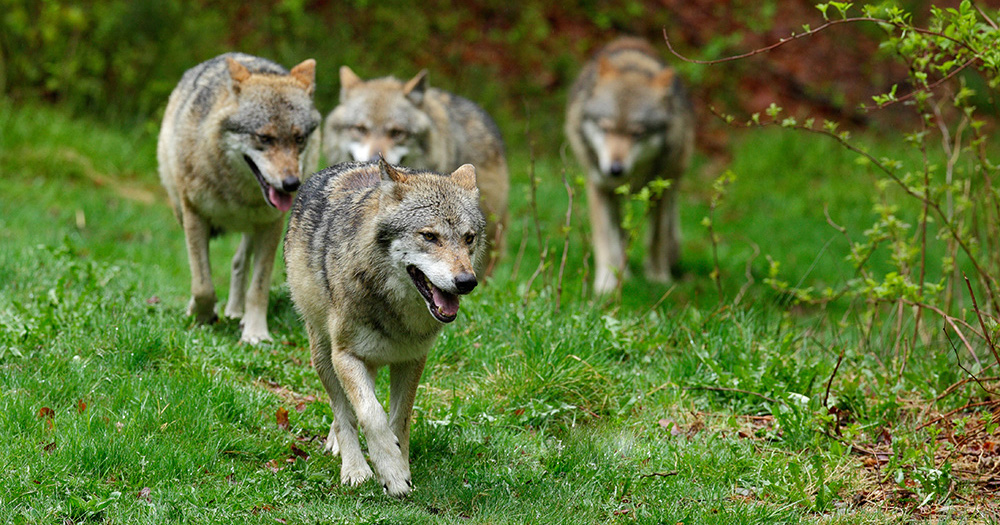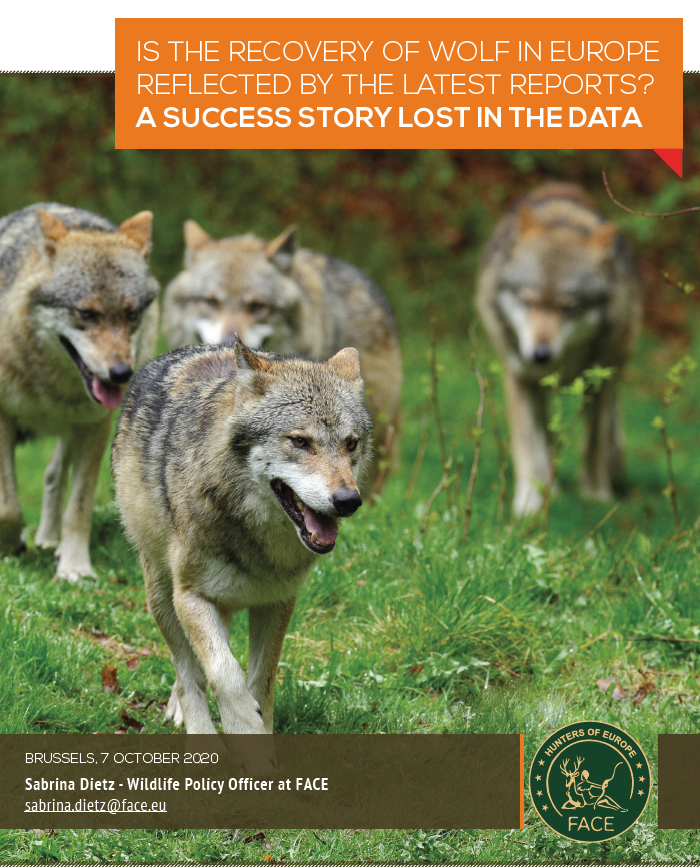
30 Oct 2020 Is the recovery of wolf in Europe reflected by the latest population assessments?
Brussels, 30 October 2020 – State of Nature 2020 recognizes positive trends in wolf populations – So why do conservation status assessments show a different picture?
Last week, the State of Nature 2020 has been officially published as part of EU Green Week. It describes the conservation and population status in the EU during the period from 2013 to 2018, based on Member States′ reporting under Article 12 and 17 of the Birds and Habitats Directive.
While trends for population size are mainly unknown for most of the species groups, the report highlights that mammals such as the Eurasian Beaver and the Wolf in the EU are showing increasing population trends and are one of the main beneficiaries of the conservation measures taken under the directives.
In general, promoting population growth, restoring the species′ habitats and several LIFE projects lead to positive developments in Europe’s large carnivores such as the brown bear, wolf, Iberian and lynx (Iberian lynx and Lynx lynx) in several Member States.
 Earlier this year, FACE explored the Article 17 reports for wolf and has come to similar conclusions. Results show marked improvements, not only for population trend but also habitat quality and range expansion. However, this largely positive trend is not reflected in the overall conservation status of the Member State assessments. The conservation status is of particular importance since it acts as a barometer on how Member States are delivering on one the main objectives of the Habitats Directive, and greatly influences the management and conservation of the species at national level.
Earlier this year, FACE explored the Article 17 reports for wolf and has come to similar conclusions. Results show marked improvements, not only for population trend but also habitat quality and range expansion. However, this largely positive trend is not reflected in the overall conservation status of the Member State assessments. The conservation status is of particular importance since it acts as a barometer on how Member States are delivering on one the main objectives of the Habitats Directive, and greatly influences the management and conservation of the species at national level.
Compared with results of the previous State of Nature report 2015, the wolf assessments with a favourable conservation status decreased slightly from 19 (2007 – 2012) to 18 (2013 – 2018). At the same time, the number of wolf assessments with an unfavourable conservation status increased from 13 to 19. This is largely due to the increased number of new assessments brought about by range expansion, and lack of optimism on future prospects for wolf. To get a more detailed picture of the analysis and the reasons behind the increased number of assessments with an unfavourable conservation status, read the full version here.
To download the full position statement please click one of the buttons below:
DOWNLOAD Wolf Report - EN DOWNLOAD FACE wolf position

